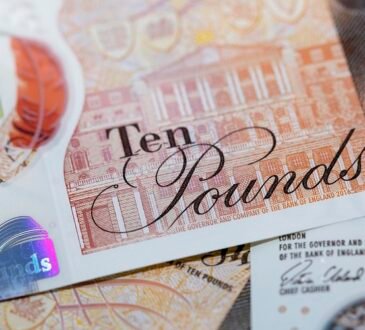The Federal Reserve’s impending interest rate cut this Wednesday (September 18) will have profound, though not immediately predictable, implications for economies worldwide. And nowhere, apart from the US, will those effects be felt more sharply than in Asia.
As the US central bank wraps up its meetings this week, where it is widely anticipated to lower interest rates by a quarter percentage point, marking its first easing in four years, a shift is underway that may signal the end of its aggressive inflation-fighting campaign.
But for Asian economies, the Fed’s move isn’t merely a reflection of American policy priorities — it’s a monetary tremor that will inevitably shake markets, growth prospects and currency stability in unknown ways and places.
The shift from tightening to loosening will not only shape market and investor expectations in the US but also heavily influence the direction of global capital flows, exchange rates and inflationary pressures in Asia.
In recent years, Asian economies have been walking a tightrope. They’ve had to manage soaring inflation, supply chain bottlenecks and fluctuating commodity prices, all while being tethered to the US economy’s global growth engine.
A Federal Reserve rate cut could offer some relief — or, conversely, spark new uncertainties and risks. One of the expected immediate impacts of a Fed rate cut is a weakening of the US dollar as capital leaves the US for higher yields elsewhere.
For economies like Japan, China and South Korea, this may initially seem like a capital boon. A weaker dollar typically means that Asian currencies gain strength, making their imports cheaper and giving these countries breathing room to tackle their own inflationary pressures.
Cheaper imports translate to lower consumer prices, which is a blessing in economies still grappling with the rising costs of food and energy. However, the picture is far more complicated for Asia’s exported-geared economies.
While a weakening dollar might boost purchasing power at home, it could hurt export competitiveness abroad. Countries like China, South Korea and Japan are export powerhouses, and America is a crucial, lucrative market.
If the dollar weakens substantially due to a rate cut, their goods will quickly become more expensive in American markets. This is not a trivial matter for Asian economies where exports make up significant portions of GDP and a time of rising US protectionism seen in rising tariffs.
With the US consumer already feeling the squeeze of higher prices and the rising threat of recession, more expensive Asian goods could reduce demand, ultimately harming not helping growth prospects across the region.
China is a prime example. The world’s second-largest economy is already facing its own set of challenges, including sluggish economic growth, deflationary pressures and an unresolved property crisis.
While a lower US benchmark interest rate might help stabilize massive capital outflows from China by reducing the yield advantage of American assets, it also risks appreciating the yuan in unwanted ways.
In such an export-reliant economy, a stronger yuan can chill trade as Chinese goods become less price-competitive in global markets.
Furthermore, if the rate cut and a weaker dollar cause a broader US economic slowdown, China’s growth could decelerate even more, given the tight trade links between the two countries.
Other Asian emerging markets, such as Indonesia, Malaysia and India, will also have to tread carefully in the wake of the Fed’s move.
In many of these economies, inflation is still a major concern and central banks have been hesitant to cut rates, lest they fuel further inflationary pressures. A rate cut in Washington could ease some of that pressure by stabilizing capital outflows, as many of these countries have seen investors flee to the US in search of higher yields.
But the flip side of this coin is that, with lower US rates, these economies might face increased inflationary pressures as their currencies strengthen against the dollar and the cost of imports falls.
This dynamic could push local central banks into a difficult position, forcing them to weigh the benefits of a stronger currency against the potential risks of runaway inflation.
Thus, the big question is how Asian central banks will respond. Some may seize the opportunity to cut their own rates in tandem with the US in the hope of stimulating growth and investment.
But such moves would come with risks. As seen during previous periods of global monetary easing, easy credit can sometimes lead to asset bubbles, particularly in real estate markets, which are already under strain in countries like China.
Others may choose to hold firm, preferring to wait and see how the Fed’s rate cut plays out on the global stage before making their next move. In any case, the decisions won’t be straightforward.
There can be no doubt that the Fed’s likely decision to cut rates this week might mark the end of one chapter in the global economy, but for Asia, it could be the beginning of a much more complex story.
Nigel Green is CEO and founder of deVere Group.





